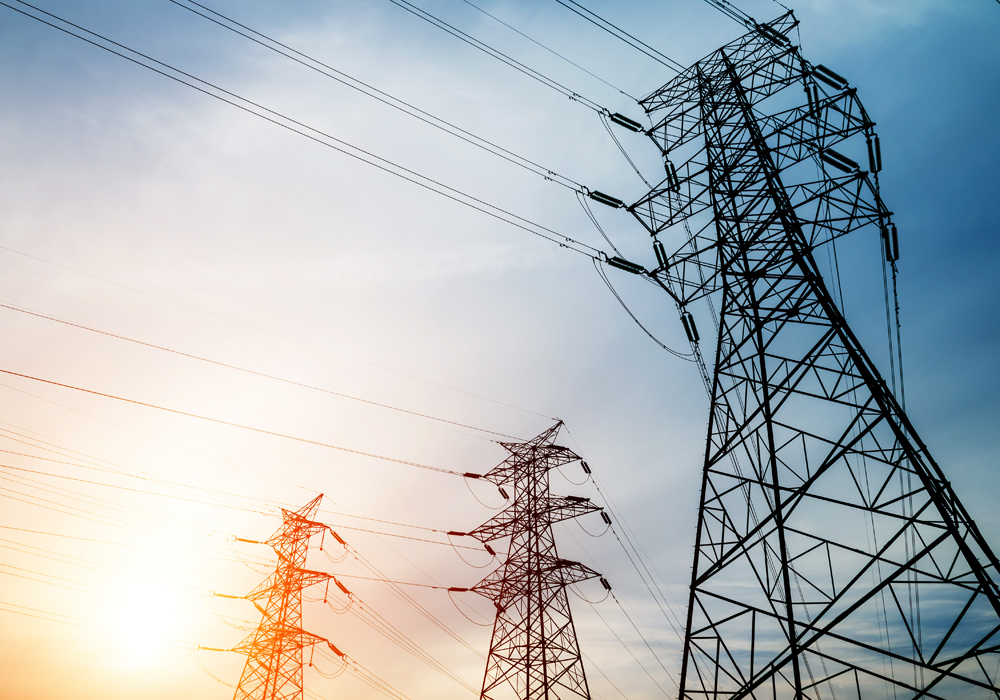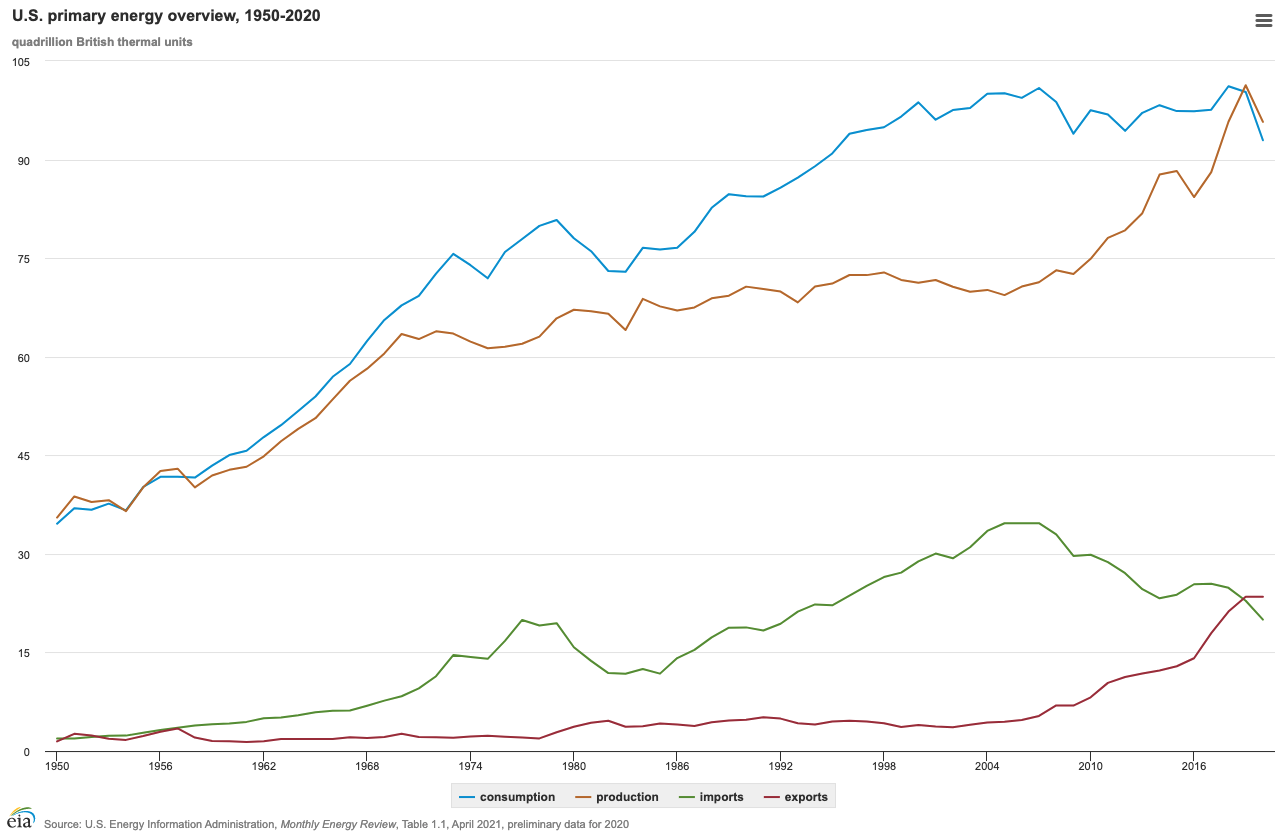By Eric Dresselhuys, CEO
How decarbonization can deliver a resilient, reliable energy system.
Russia’s invasion of Ukraine roiled global energy markets, drove up energy prices worldwide and created uncertainty in countries dependent upon Russian energy. In the week following Russia’s invasion of Ukraine, average gas prices in the United States reached record highs. In Europe, which imports 40% of its natural gas, 45% of its coal and 25% of its oil from Russia, the situation was even more dire. The Russian invasion of Ukraine is a reminder that authoritarian states may see supply chains as tools for geopolitical influence; Russia gambled that European dependence on oil and gas would prevent them from responding and is now attempting to aggressively assert influence by limiting supply. Germany, the largest energy consumer in Europe, has moved aggressively to replace Russian fossil fuels and expects to eliminate imports of coal and crude oil by late summer. However, the timeline for the elimination of Russian natural gas imports remains uncertain, leaving the German economy exposed to the risks associated with dependence upon an unreliable partner. To underscore this dynamic, Russia cut off natural gas supplies to Poland and Bulgaria on April 27, starkly illustrating the dependence of western European countries on Russia’s natural gas fields.
While Europe has the highest share of renewables for electricity generation, it is dependent on imported fossil fuels for its total energy and faces challenges to securing affordable, reliable, and sustainable energy supplies. In 2020, 97% of the EU’s oil and petroleum products and 83.6% of its natural gas were imported.

In the U.S., there has been a major shift in energy production over the past decade. In 2008, the U.S. imported 60% of its oil. Today the U.S. is the world’s largest oil producer, followed by Saudi Arabia and Russia. The advent of hydraulic fracturing (fracking) of shale has driven this trend.
The U.S. became a net energy exporter in 2019 for the first time since 1952. However, this still doesn’t offer protection from disruptions elsewhere in the world given the nature of global energy markets.
THE PATH TO ENERGY INDEPENDENCE
Achieving true energy independence will require reducing dependence upon fossil fuels controlled or heavily influenced by geopolitical foes. The path to energy independence will require building a zero-carbon, entirely renewable energy grid. Building that grid will require addressing energy security at all levels and combatting the most formidable threat to every country’s security: the climate crisis. The key elements include:
- Accelerate growth of renewable energy
The rapidly decreasing cost of renewable energy is already driving capacity growth worldwide. The price of solar power has fallen by over 80% since 2010. The cost to build renewable energy generation capacity is now lower than coal-fired power plants. In 2019, renewables accounted for 72% of all new capacity additions worldwide. The IEA forecasts that by 2026, global renewable electricity capacity will rise more than 60% from 2020 levels. The main drivers in the global growth of renewable energy are China, stronger support from government policies and the ambitious clean energy goals coming out of the COP26 Climate Change Conference.

- Invest in energy storage
Moving to a grid powered by renewables requires longer-duration energy storage. Since solar and wind energy are intermittent, we need to stabilize the grid with long-duration energy storage (LDES). The LDES Council and McKinsey estimate that the world’s electricity grids will need to deploy 85-140 terrawatt hours of long-duration energy storage by 2040 for full global grid decarbonization. The Department of Energy is so convinced of the need for these technologies that it launched the Long-Duration Storage Shot with the goal of cutting the cost of long-duration storage systems by 90% in one decade.
Electricity grids with large storage components are intrinsically more resilient. More distributed resources including renewable energy and storage ensure greater system resilience to disruptions from extreme weather disasters.
- Build secure clean energy supply chains and capitalize on U.S. innovation
While lithium-ion battery technology and key components such as metal oxide cathodes were invented in the United States, today, Asian companies dominate production and supply chains leaving both the U.S. and Europe with little domestic production of lithium-ion batteries and high dependence on imports. Going forward, the U.S. and Western allies must ensure that next-generation innovations in storage are used to create domestic production capabilities that ensure security of supply.
We must ensure that we have domestic sources and reliable supply chains to support the green energy transition. The DOE recently released a report on key strategies to secure America’s energy supply chain. The U.S. government is advancing several public/private initiatives and invoked the Defense Production Act (DPA) to ramp up mining and processing for materials needed for batteries and renewable energy. The U.S. can diversify supply by expanding recycling, exploration, production, and refining capacity both domestically and with friendly nations.
- Catalyze innovation in America’s clean tech sector
A recent Economist article suggests that today’s heightened concerns about energy security could unleash enormous demand for clean tech that the U.S. will soon be able to supply, connecting “the world’s most advanced clean tech with the continent with the most advanced climate policies.” It cites three drivers of the over $87 billion of investment in clean tech between June 2020 and June 2021: fear of climate change, corporate commitments to decarbonization, and shrewd bipartisan legislation to promote American leadership in clean tech.
In the U.S. and EU, policymakers need to double-down on incentivizing the innovation, commercialization and manufacturing of the clean technologies needed to secure our energy independence. For example:
- Add energy storage as a core element of energy planning to ensure reliability.
- Use policy and the tax code to incentivize domestic manufacturing of clean energy technologies.
- Encourage regulators and utilities to adopt market mechanisms that accelerate the deployment of renewables and battery capacity credit increases.
- Prioritize purchases from certified ‘clean’ manufacturers that build products using sustainable materials and processes.
To learn more about energy security and the role of renewable energy and storage in the clean, secure grid of the future, read the white paper: The Path to Energy Independence Is Green.
Links to third-party articles and/or websites are for general information purposes only and the content of any third-party article or website is solely the responsibility of the author, owner, operator or publisher of that article and/or website. Views expressed in third-party articles and/or websites reflect the opinion of the author, owner, operator or publisher as of the date of publication, and not necessarily those of ESS Tech, Inc. ESS Tech, Inc. has not independently verified such content, makes no warranties, representations or undertakings relating to such content, and bears no responsibility for the accuracy, legality or content of any external site or for that of subsequent links. Any reliance you place on such information is strictly at your own risk. You are encouraged to read and evaluate the privacy and security policies on the specific site you are entering. ESS Tech, Inc. disclaims any loss, damage and any other consequences resulting directly or indirectly from or relating to your access to the third-party website or any information you may provide or any transaction conducted on or via the third-party website or the failure of any information, goods or services posted or offered at the third-party website or any error, omission or misrepresentation on the third-party website or any computer virus arising from or system failure associated with the third-party website.


